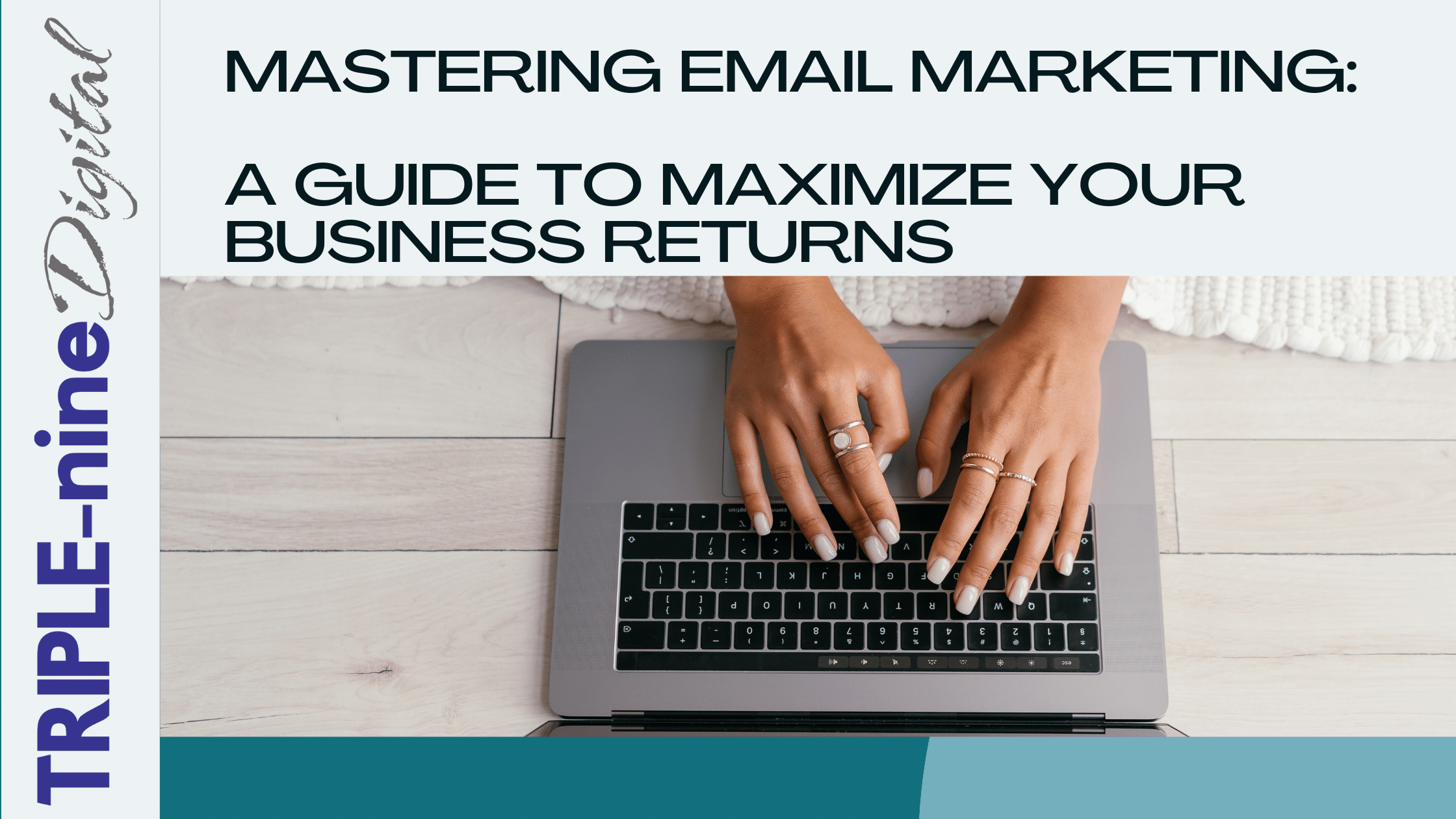
In the dynamic realm of digital marketing, email stands tall as a formidable communication tool, maintaining its relevance and efficacy amidst evolving trends. In this article, we delve into the enduring effectiveness of email marketing, address the pivotal issue of email frequency, and explore various strategies for acquiring email addresses.
Is Email Marketing Still a Viable Investment?
Despite the proliferation of alternative marketing channels, email marketing remains a stalwart performer, consistently delivering impressive returns on investment (ROI). Recent studies underscore its efficacy, with email boasting one of the highest ROI rates among digital marketing avenues. Its capacity to deliver tailored and personalized messages directly to receptive audiences continues to drive its profitability.
Email marketing facilitates the cultivation of relationships with existing clientele, re-engages inactive subscribers, and effectively converts leads into devoted patrons. Success hinges on crafting engaging content, employing segmentation for targeted campaigns, and leveraging analytics to optimize strategies. Furthermore, understanding how your target demographic engages with their emails—whether on mobile devices, computers, or tablets—enhances the effectiveness of your campaigns.
 Finding the Sweet Spot: Determining Email Frequency
Finding the Sweet Spot: Determining Email Frequency
Determining the optimal email frequency necessitates a delicate balance. Bombarding subscribers with excessive emails risks inundating them, potentially leading to unsubscribes or diminished engagement. Conversely, infrequent communication risks your brand fading from their consciousness.
A prudent approach involves maintaining consistency while considering the nature of your business and the preferences of your audience. For many B2C enterprises, weekly or bi-weekly emails are standard, though closely monitoring metrics such as open rates and click-through rates is essential. B2B communicators may opt for a monthly email format, consolidating pertinent information into a single correspondence. Paying heed to subscriber feedback enables adjustments to frequency, ensuring a harmonious balance between maintaining visibility and respecting subscribers’ inbox space.
Strategies for Acquiring Email Addresses
Providing Value through Content
-
- Tailor your content to meet the needs and desires of your audience. Offering high-quality content such as ebooks, whitepapers, or exclusive access to webinars incentivizes email sign-ups, fostering a mutually beneficial relationship.
Optimizing Website Opt-in Forms
-
- Strategically place opt-in forms on your website, ensuring they are easily accessible and visually appealing. Employing tactics such as pop-ups, slide-ins, or static forms in prominent locations enhances visibility and encourages conversions.
Thoughtful Contests and Giveaways
-
- Exercise caution when deploying contests or giveaways, ensuring alignment with your brand identity. While these initiatives can generate excitement and expand your email list, relevance to your target audience is paramount to avoid attracting disinterested subscribers.
Exclusive Promotions for Subscribers
-
- Foster a sense of exclusivity by offering email subscribers access to special promotions, discounts, or early product/service releases. This incentivizes subscription and cultivates a loyal customer base.
Leveraging Social Media Engagement
-
- Harness the power of social media platforms to promote your email list. Craft compelling calls-to-action (CTAs) and direct users to dedicated landing pages for seamless subscription processes. Additionally, sharing contests or giveaways on social media can attract potential subscribers, provided they align with platform guidelines.
Implementing Referral Programs
- Capitalize on satisfied customers by implementing referral programs that reward existing subscribers for referring new contacts. Word-of-mouth remains a potent tool for organic growth.
The Bottom Line
Email marketing, when executed with strategic precision, remains a potent conduit for businesses to connect with their audience, foster engagement, and drive profitability. By striking the right balance in email frequency and employing effective acquisition strategies, businesses can harness the enduring power of email to nurture enduring relationships with their customers in the digital age.



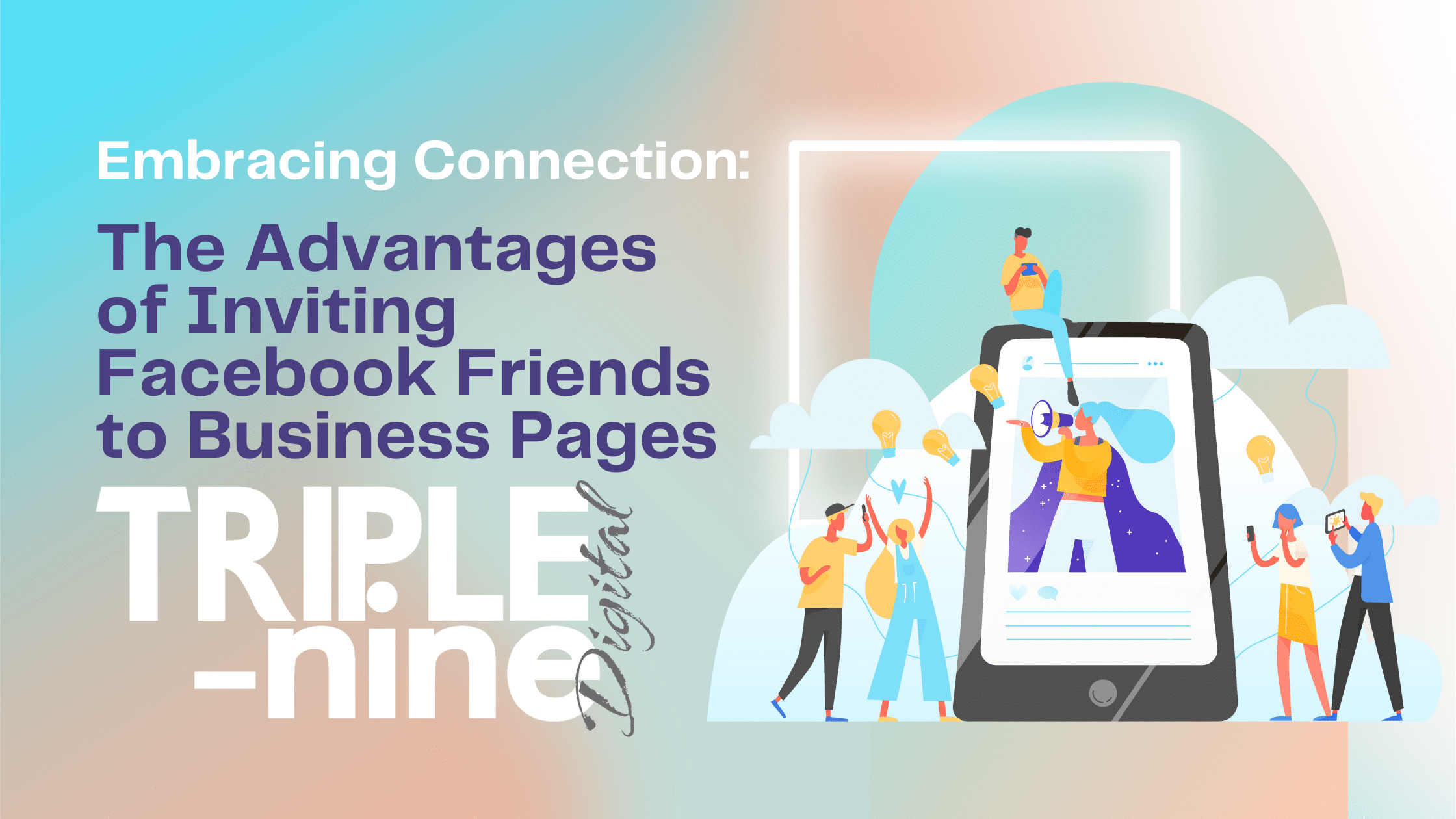
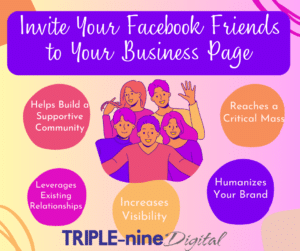 Increasing Visibility
Increasing Visibility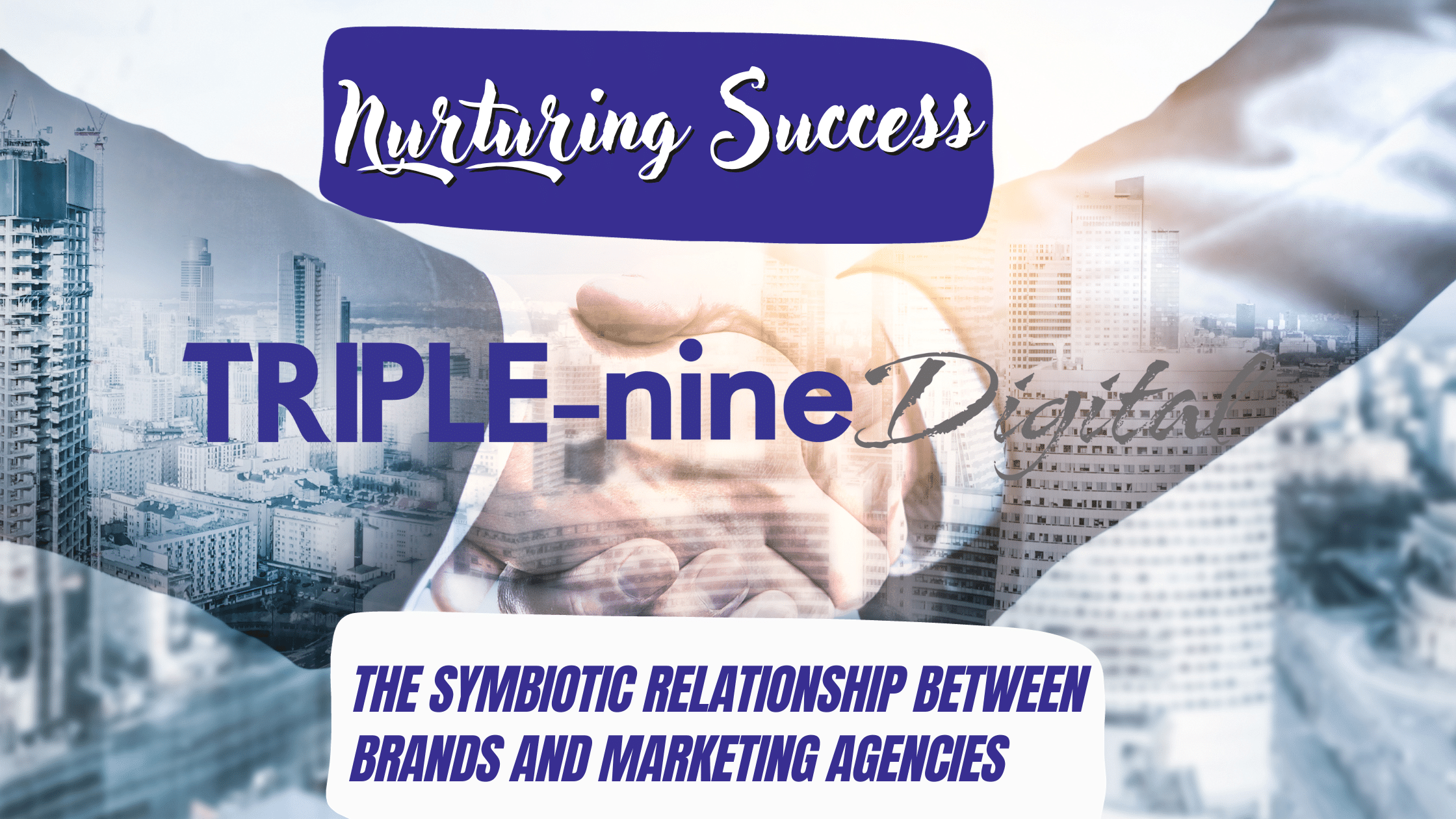
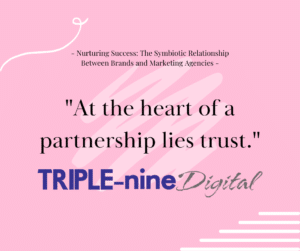 Creativity Unleashed
Creativity Unleashed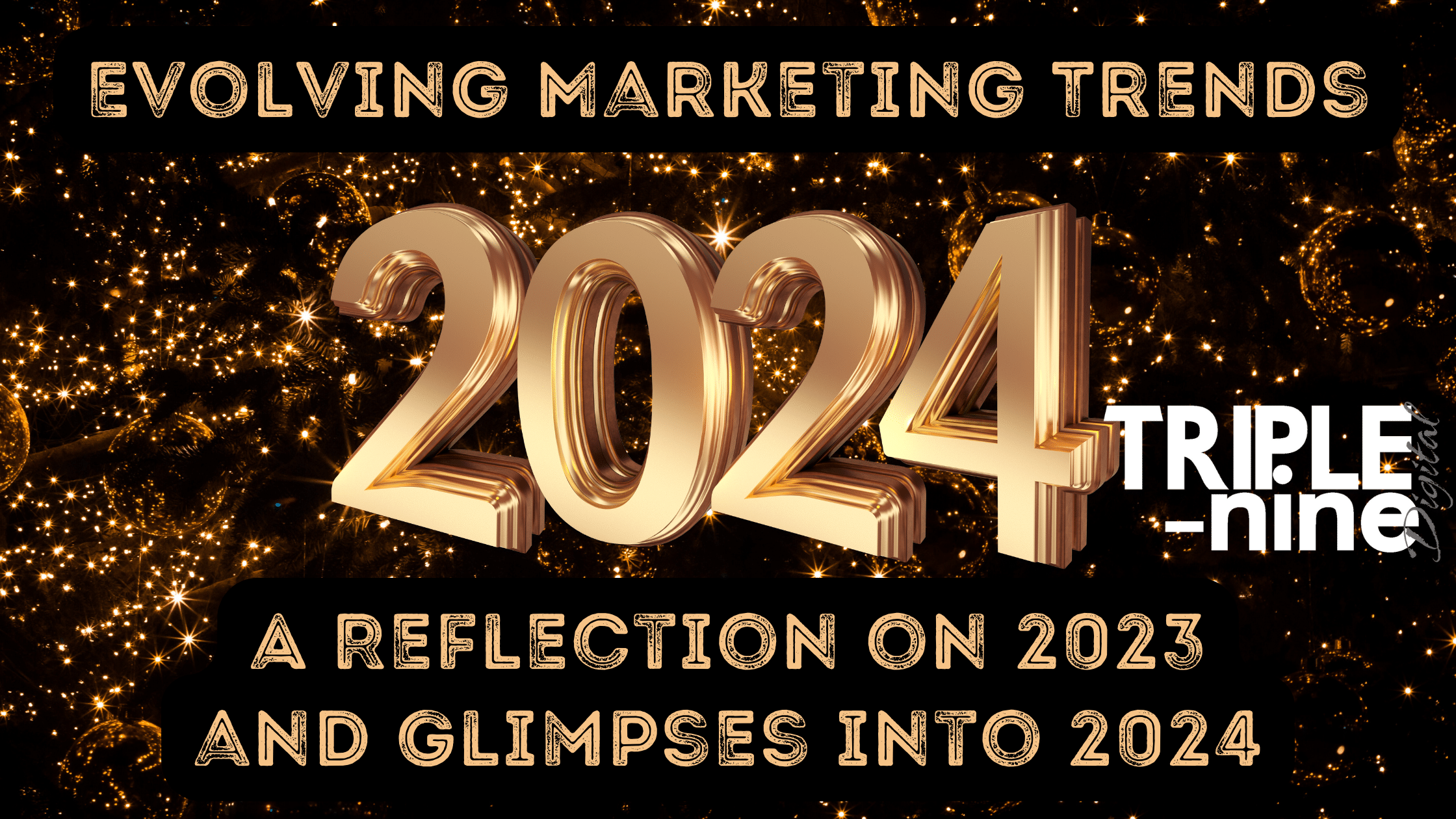
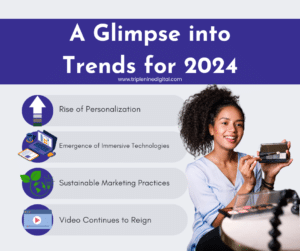
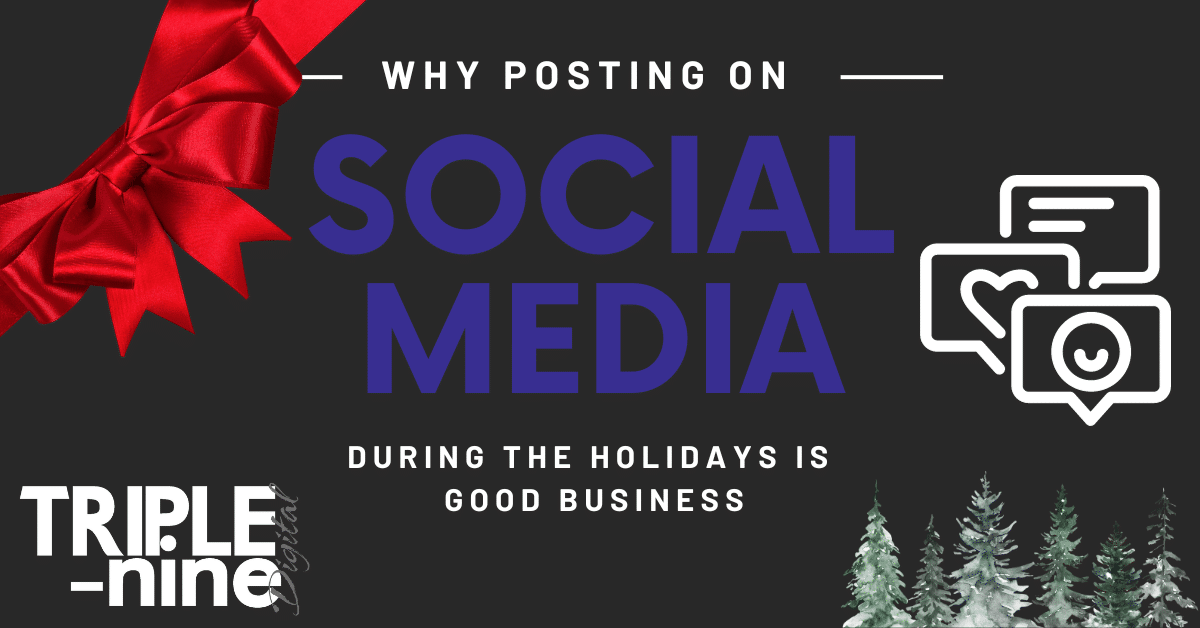
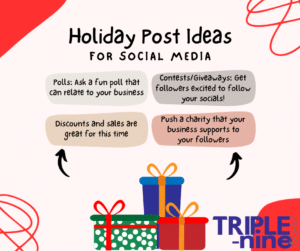 People Take Time Off
People Take Time Off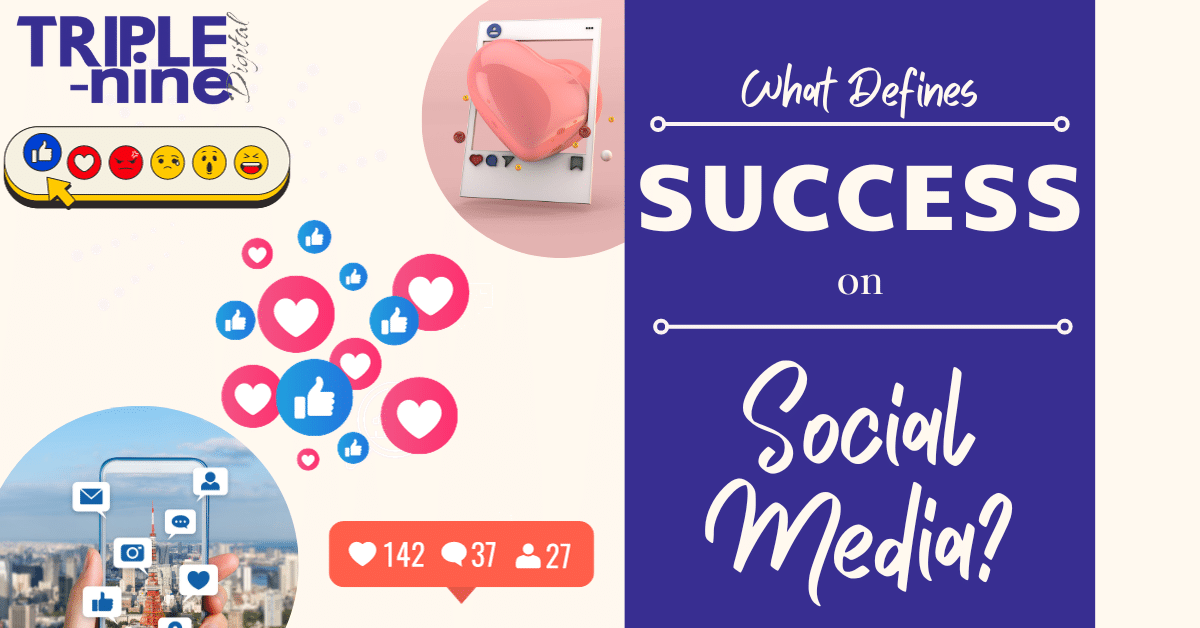
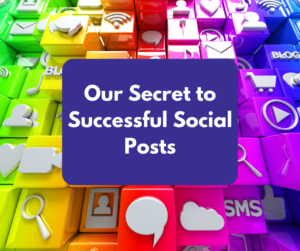







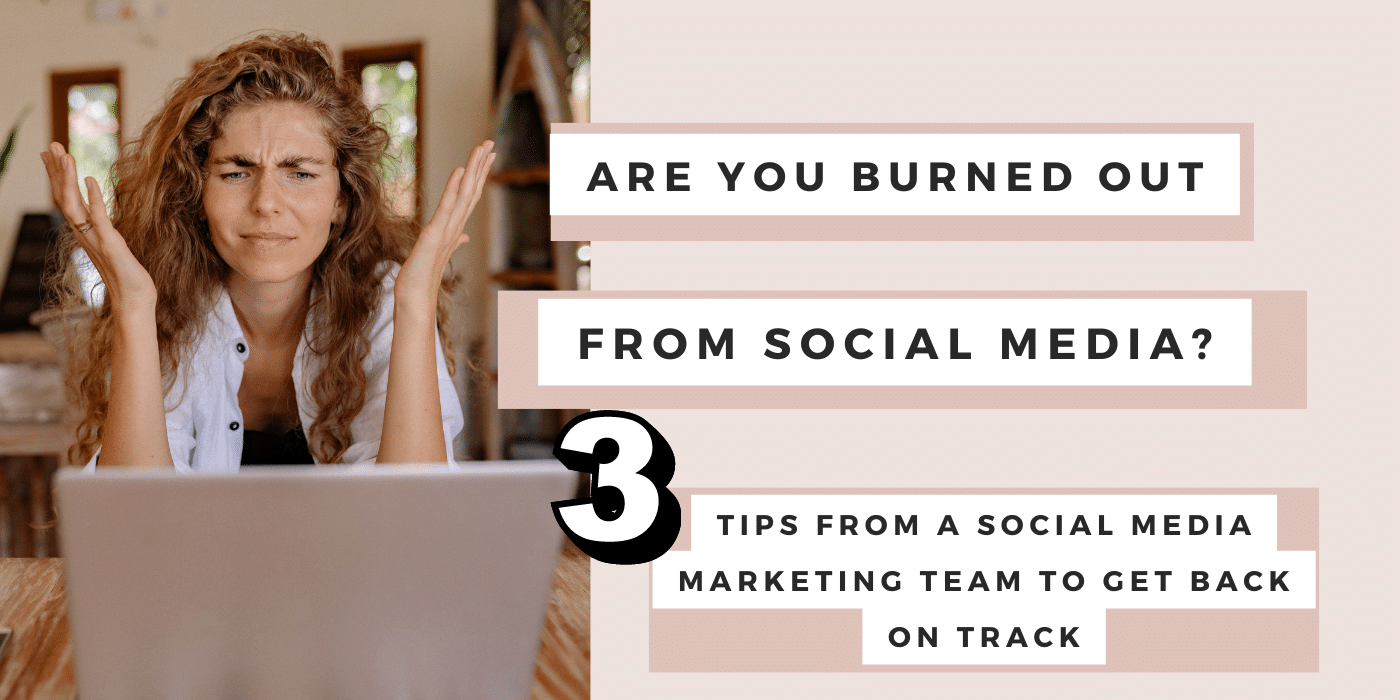
 Allow for Downtime
Allow for Downtime